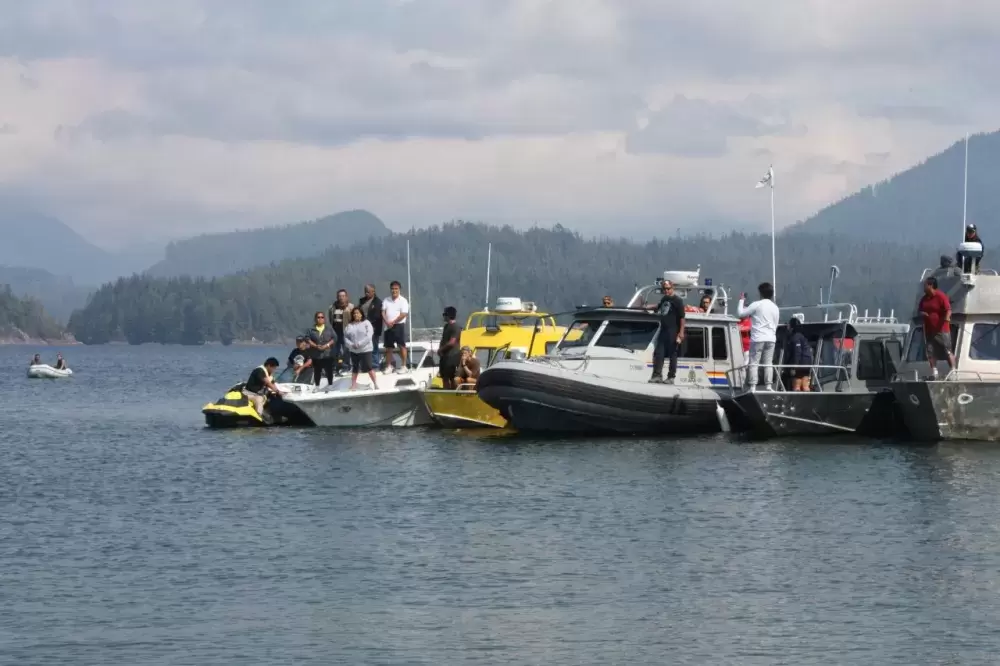Through training and extra equipment, some Nuu-chah-nulth nations are better equipped to handle marine search and rescue operations
The Canadian Coast Guard (CCG) has been working diligently with coastal First Nations to improve resources and develop skills for marine search and rescue capacity.
Clay Evans, superintendent of Marine Search and Rescue with the Canadian Coast Guard’s Western Region, told Ha-Shilth-Sa that for the past two years the CCG has been providing life-saving training to mariners at its station in Bamfield, B.C.
“The two key components we are working on are ICRT, or Indigenous Community Response Training, and the Oceans Protection Plan with the Canadian Coast Guard,” said Evans.
The Bamfield training station specializes in fast rescue craft operations and a course has been designed for members of coastal First Nations.
“They learn things like how to get a hold of the SAR system, how SAR works and how to do search planning,” said Evans. In addition, they learn how to use equipment designed for night-time navigation and how to work with the JRCC (Joint Rescue Coordination Centre).
According to Evans, the training has been going well for the past two years; the school in Bamfield specializes in fast boat rescue, like the zodiacs. It is geared toward boat operators such as water taxi operators, fishermen, tourism operators - those that are usually closest and therefore first to respond to an emergency call.
In addition to training there have been some equipment upgrades in places like Ahousaht, to better prepare them for emergency response.
“About four or five Nuu-chah-nulth people have taken the ICRT training that includes advanced marine first aid, command support training and how to respond in both small and large-scale search and rescue incidents,” said Evans.
As for the Ahousaht EOC (Emergency Operations Center), Evans is pleased with what he has seen.
“Ahousaht is really a kind of role model for the West Coast,” said Evans. “We work with them quite closely on operations and coordination,” he continued.
Evans noted that more work needs to be done to improve communications between coastal communities and the JRCC.
“Baby steps; we will grow over time,” said Evans.
The Canadian Coast Guard has been working on a third key component with coastal First Nations. They are working on the development of Coast Guard Auxiliary Search and Rescue and Environment Response teams.







